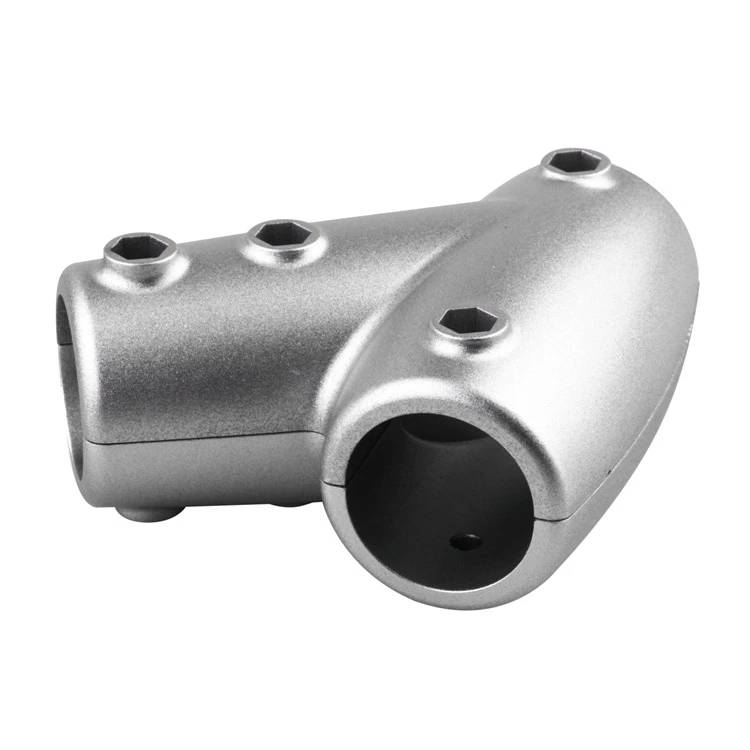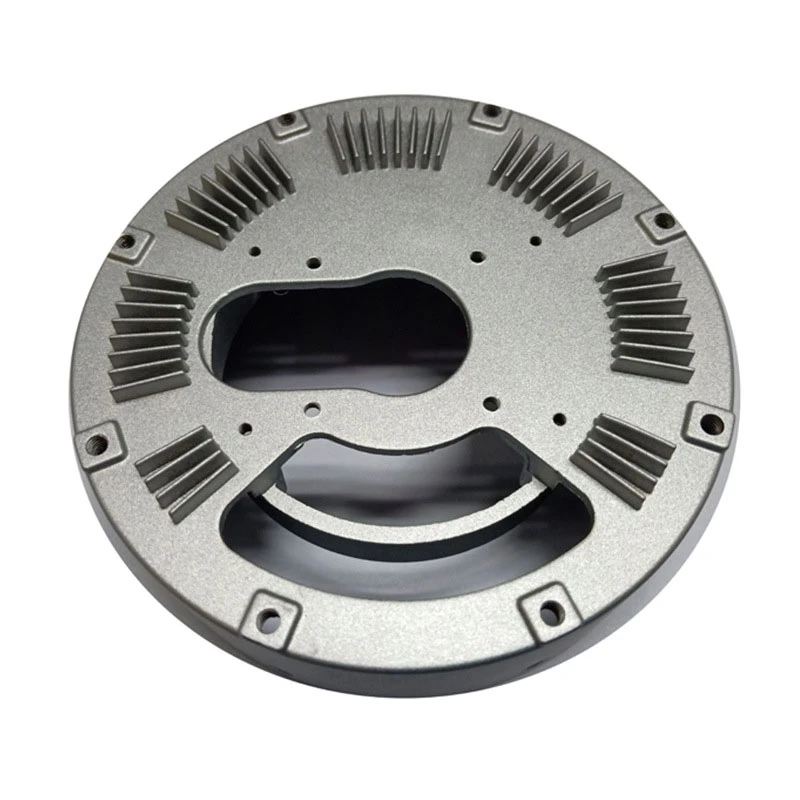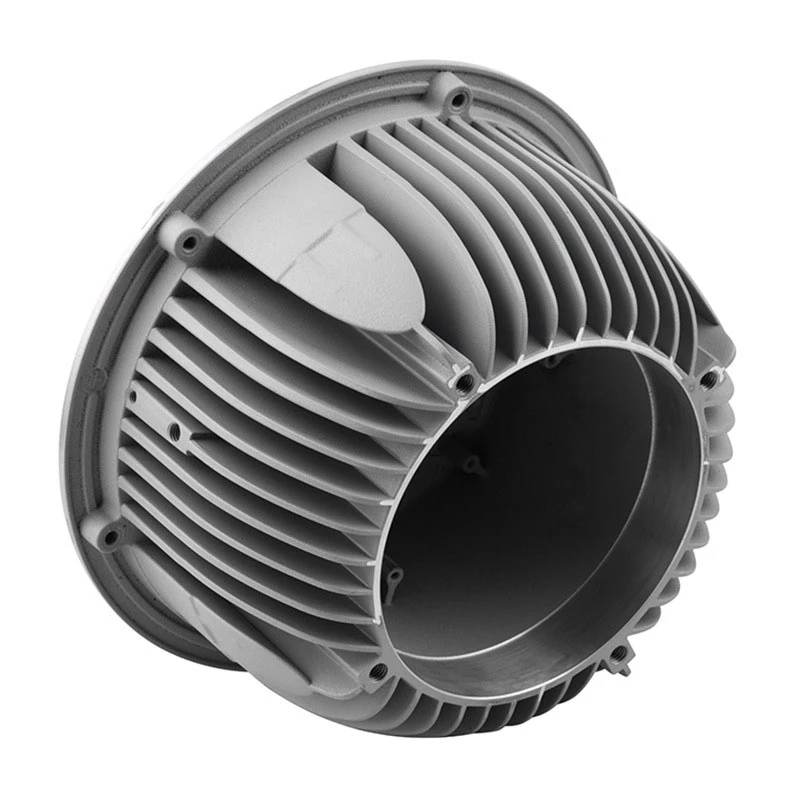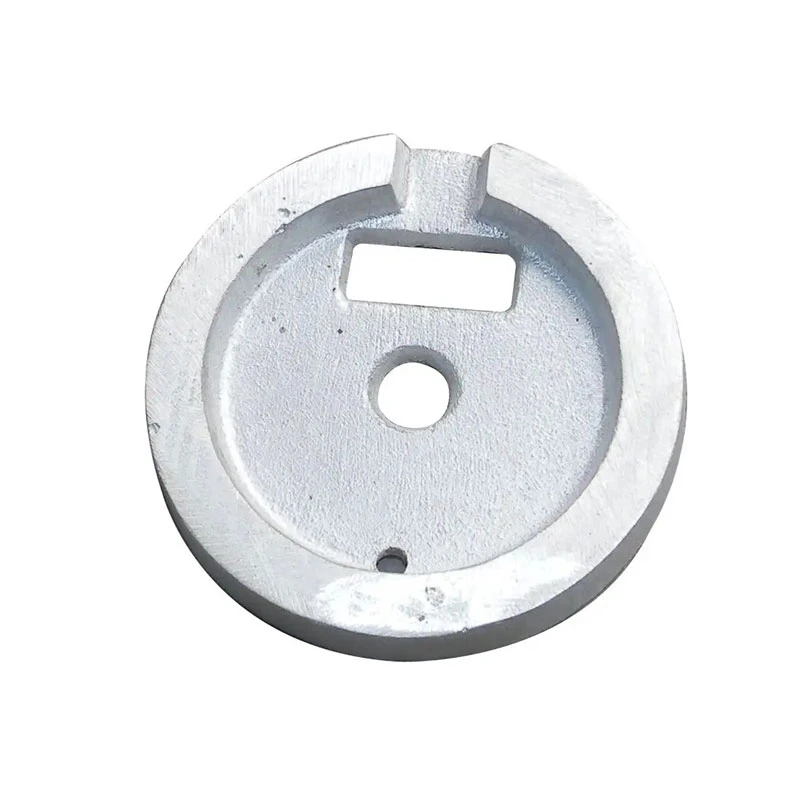stamping metal parts
Understanding Stamping of Metal Parts A Comprehensive Overview
Stamping is a vital manufacturing process used to produce metal parts of various shapes and sizes. This method is highly efficient and versatile, making it a preferred choice in numerous industries, including automotive, aerospace, electronics, and consumer goods. In this article, we delve into the stamping process, its benefits, applications, and essential considerations for manufacturers.
What is Metal Stamping?
Metal stamping refers to a process that involves placing a metal sheet, often referred to as a blank, into a stamping press where a tool and die surface forms the metal into a specific shape. The pressing action can include cutting, bending, and shaping, depending on the design required. The stamping process can be performed on various metals, including steel, aluminum, brass, and copper, contributing to its widespread use across different sectors.
The Stamping Process
The stamping process begins with the design of the tool and die, which acts as the blueprint for the desired part. The tooling must be manufactured with precision to ensure that each stamped part meets the necessary specifications.
1. Material Selection The first step is choosing the appropriate metal. Various factors, such as strength, ductility, and thickness, influence the selection of materials. 2. Blanking The metal sheet is cut into flat pieces or blanks, which will then be shaped in the stamping process.
3. Forming The blank is then placed into the stamping press, where it is subjected to immense pressure through the dies. The forming includes various operations such as bending, coining, and drawing.
4. Finishing After forming, the parts may require additional finishing processes like deburring, coating, or welding to enhance durability and aesthetics.
5. Quality Control Throughout the stamping process, quality control measures are put in place to ensure that each component meets the required standards. This often includes dimensional checks and strength testing.
Benefits of Metal Stamping
1. Efficiency Stamping is known for its ability to produce large volumes of parts quickly. Once the tooling is created, the process can run continuously with minimal downtime.
stamping metal parts
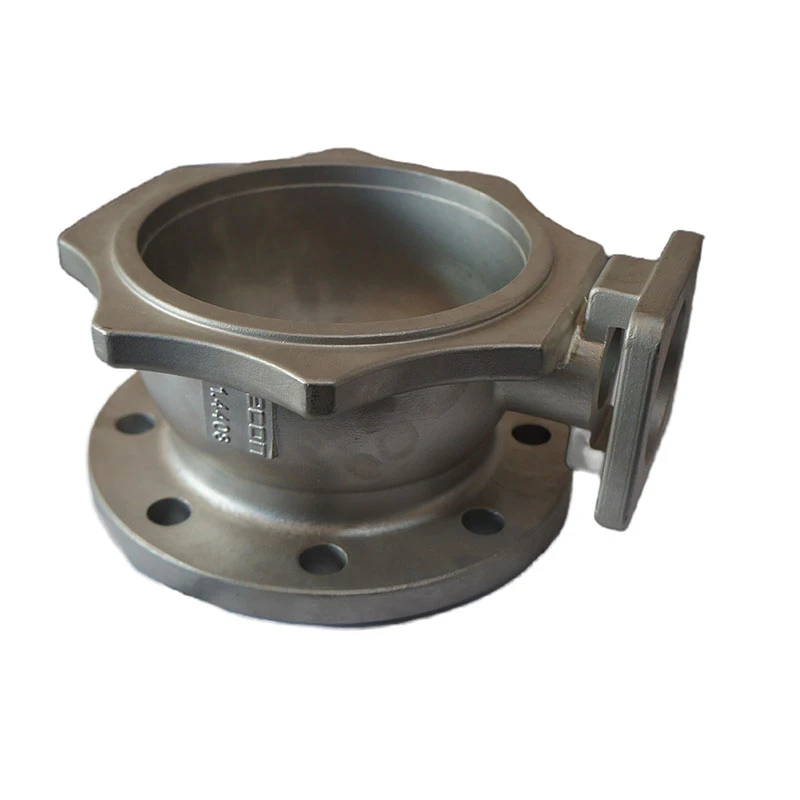
2. Precision The use of automated stamping machines ensures consistent and precise manufacturing. High tolerances can be maintained across all produced parts.
3. Cost-Effectiveness Although the initial investment in tooling can be significant, the high production rates and low operational costs result in a favorable cost-to-output ratio, particularly for mass production.
4. Material Utilization Stamping processes typically lead to minimal waste, especially compared to other machining processes. The ability to nest parts efficiently can reduce scrap rates.
5. Versatility Metal stamping can be applied to a vast array of products, from simple brackets to complex automotive components, making it adaptable to various manufacturing needs.
Applications of Metal Stamping
Metal stamping is utilized in numerous applications across diverse industries
- Automotive Industry Components such as chassis parts, brackets, and engine mounts are typically manufactured using stamping techniques. - Electronics Stamping is used to create housings, frames, and connectors that are integral to electronic devices. - Aerospace Lightweight and strong stamped parts are essential in aerospace for improving fuel efficiency and reducing weight without compromising safety. - Consumer Goods Everyday items, from appliances to furniture fittings, often involve stamped metal parts.
Considerations for Manufacturers
When considering metal stamping for production, manufacturers should take into account several factors
- Design Complexity More intricate designs may require advanced tooling and longer lead times. - Material Selection The choice of material affects not only the stampability but also the performance characteristics of the final part. - Tooling Costs While stamping can be economical for high-volume production, the upfront investment in tooling can be significant. It’s essential to assess the break-even point to determine the feasibility. - Regulations and Standards Depending on the industry, various standards must be adhered to, particularly for components used in safety-critical applications like automotive and aerospace.
Conclusion
In summary, metal stamping is a fundamental process in modern manufacturing. Its efficiency, precision, and versatility make it an indispensable technique in a variety of industries. Manufacturers must consider various factors to maximize the benefits of metal stamping, ensuring they deliver high-quality, reliable products to meet market demands.
-
Aluminium Pressure Die Casting High-Precision & Durable Solutions for Complex PartsNewsJul.08,2025
-
Top Aluminum Sand Castings Manufacturer – Precision Green Sand Castings for Industrial NeedsNewsJul.08,2025
-
Precision Lost Wax Casting Quotes – High Accuracy Custom Parts Lost Wax Precision Casting ServicesNewsJul.07,2025
-
High-Quality Sand Used for Casting - Superior Sand for Sand Casting ProcessesNewsJul.07,2025
-
China Supply High End Metal Stamping Parts Sino - Precision Manufacturing FactoryNewsJul.06,2025
-
High-Quality Automotive Investment Casting Services Precision & Sand Casting SolutionsNewsJul.06,2025








